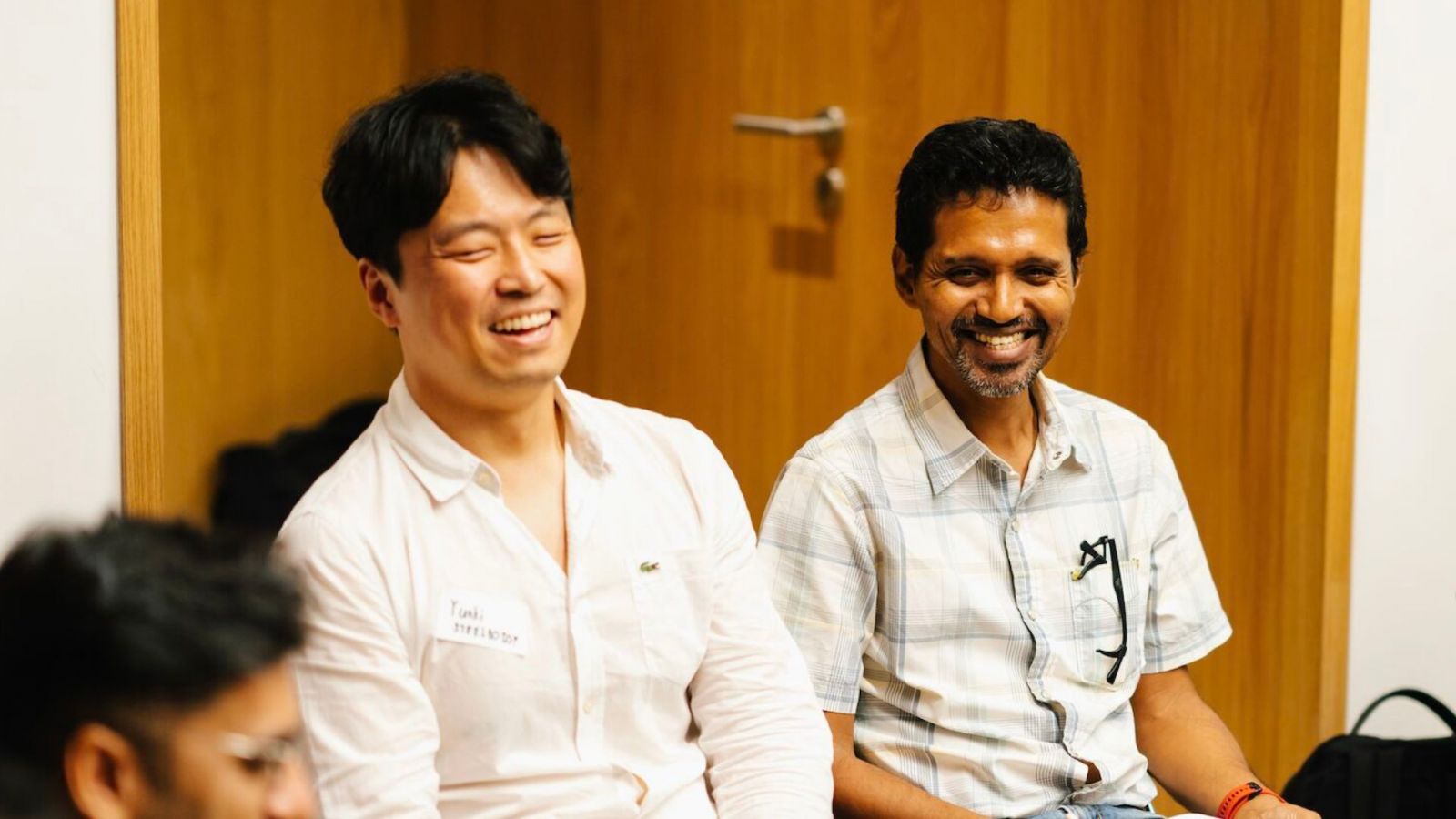Tin Men Capital’s Murli Ravi shares his insights on hiring the right talent and the perspective that co-founded companies attract more investment than solo-founded ones
Tin Men Capital co-founder Murli Ravi’s first foray into venture capital was with a boutique firm, which he joined before the collapse of Lehman Brothers in 2008. Immediately, he was put in charge of six of its portfolio companies despite not having experience as a venture capitalist.
“It felt like someone had thrown me into the deep end of the ocean. In retrospect, it was the perfect education.”
With that, Ravi’s investment philosophy began to take shape and is now centred around avoiding mistakes over chasing runaway successes. “If you avoid mistakes daily, you get to stay alive another day. The longer you stay alive, the better your chances of success.”
Read more: PayPal mafia member Jack Selby on venture investing, luck and being ‘second banana’

As he advanced further into venture investing, Ravi found his calling in the patient work of nurturing B2B tech startups with products he says may not seem trendy but are pivotal to various industries. This planted the seed for Tin Men Capital, the venture capital firm he started in 2018 with former investment banker Jeremy Tan.
“[At Tin Men], we like boring but important [businesses] because boring means no one else is looking, but important means you can make an impact and potentially save lives around the world,” says the avid cyclist, who won the gold for Singapore in the paracyling segment at the 2018 Asian Cycling Championships.
Now a seasoned venture capitalist, we speak to him about hiring for startups, building an effective board of directors, and the similarities between mountain climbing and startup life.
Read more: Malaysian cyclist Azizulhasni Awang defies a medical heart condition to win gold in Australia


